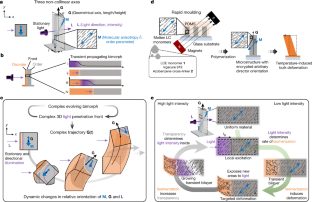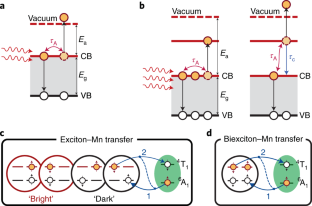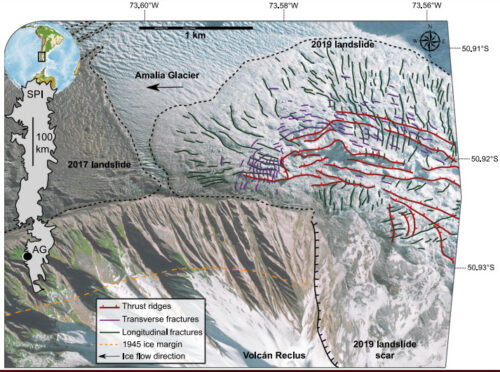曲げたり、ねじったり、ストロークのような動作をする単純な微細構造体は、ソフトロボットや医療機器などへの応用が期待される Simple microstructures that bend, twist and perform stroke-like motions could be used for soft robotics, medical devices and more
2022-05-04 ハーバード大学
今回、ハーバード大学ジョン・A・ポールソン工学・応用科学大学院(SEAS)の研究者らは、単一の材料と単一の刺激で、生きた繊毛をも凌駕する微細構造を開発した。このプログラム可能なミクロンスケールの構造は、ソフトロボットや生体適合性医療機器、さらには動的な情報暗号化など、さまざまな用途に利用できる可能性があります。
この研究成果は、『Nature』誌に掲載されています。
<関連情報>
- https://www.seas.harvard.edu/news/2022/05/self-propelled-endlessly-programmable-artificial-cilia
- https://www.nature.com/articles/s41586-022-04561-z
単一材料微細構造における自己制御された非反復運動 Self-regulated non-reciprocal motions in single-material microstructures
Shucong Li,Michael M. Lerch,James T. Waters,Bolei Deng,Reese S. Martens,Yuxing Yao,Do Yoon Kim,Katia Bertoldi,Alison Grinthal,Anna C. Balazs & Joanna Aizenberg
Nature Published: 04 May 2022

Abstract
Living cilia stir, sweep and steer via swirling strokes of complex bending and twisting, paired with distinct reverse arcs1,2. Efforts to mimic such dynamics synthetically rely on multimaterial designs but face limits to programming arbitrary motions or diverse behaviours in one structure3,4,5,6,7,8. Here we show how diverse, complex, non-reciprocal, stroke-like trajectories emerge in a single-material system through self-regulation. When a micropost composed of photoresponsive liquid crystal elastomer with mesogens aligned oblique to the structure axis is exposed to a static light source, dynamic dances evolve as light initiates a travelling order-to-disorder transition front, transiently turning the structure into a complex evolving bimorph that twists and bends via multilevel opto-chemo-mechanical feedback. As captured by our theoretical model, the travelling front continuously reorients the molecular, geometric and illumination axes relative to each other, yielding pathways composed from series of twisting, bending, photophobic and phototropic motions. Guided by the model, here we choreograph a wide range of trajectories by tailoring parameters, including illumination angle, light intensity, molecular anisotropy, microstructure geometry, temperature and irradiation intervals and duration. We further show how this opto-chemo-mechanical self-regulation serves as a foundation for creating self-organizing deformation patterns in closely spaced microstructure arrays via light-mediated interpost communication, as well as complex motions of jointed microstructures, with broad implications for autonomous multimodal actuators in areas such as soft robotics7,9,10, biomedical devices11,12 and energy transduction materials13, and for fundamental understanding of self-regulated systems14,15.



